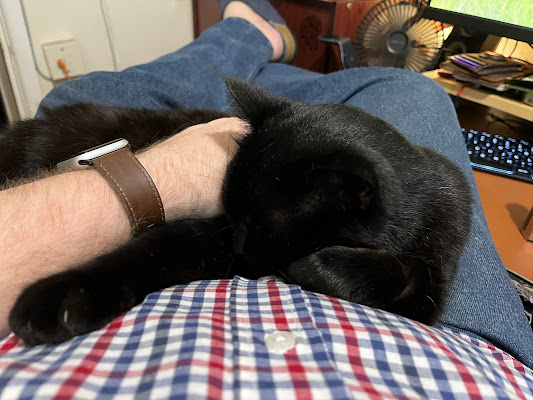Gaming in 2010 and Beyond - Where do we go...
The chaps over at Tweaktown have pusblished an interesting article entitled 'Gaming in 2010 and Beyond - Where do we go from here?' Here's a taster:
So why was 2009 such a disappointing year for gaming? Well, one of the biggest reasons was the change of the guard with respects to Direct X. It looks like many developers held their breath while waiting on Microsoft, NVIDIA and AMD to drop the DX11 shoe. Out of those that did release games, most were stuck back on DX9 (a decision made to get the most money out of their titles). The only game of note that was DX10 (10.1) was from a company formerly known only for their benchmarking software. FutureMark released an online game called Shattered Horizon that not only uses DX10.1, but also had more than its share of firsts. In fact, the number of DX10 and 10.1 titles is still very short three years after the launch of Vista.
Sadly it seems that our investments into DX10 hardware have gone to waste. Game developers have either ignored it or only implemented halfhearted support for the feature set available there. This is a direct reflection on the poor market acceptance of Vista. After all, why spend the money on DX10 development if the majority of your potential purchasers are not using it?
But if DX10 has been overlooked by the developers, what then of DX11? Will we see a move towards this new standard? We know that Windows 7 has had a significantly better adoption rate and received far better reviews from the press (the same ones that slammed Vista), but as of today we are still only hearing about a handful of games that will be coming for DX11. Of these only Battlefield Bad Company 2 is a title really worth watching.
So how does TWIMTBP affect DX11 adoption? Well, the most important factor is the current lack of any DX11 hardware from NVIDIA. Because of this, NV is not going to dump a ton of money to develop games for their competitor. But while there are no DX11 based GPUs from NV, they are still dumping cash and resources into the development of games that use other features of NV GPUs like PhysX and 3D Vision. Once the DX11 parts are ready and in the channel then they should shift quite quickly to pushing DX11 support for games. In the end this is going to be good for gamers (as long as they do not lock out AMD GPUs), as it will help offset the cost of development and could mean less expensive (or at least the same price) games for us to abuse.
Sadly it seems that our investments into DX10 hardware have gone to waste. Game developers have either ignored it or only implemented halfhearted support for the feature set available there. This is a direct reflection on the poor market acceptance of Vista. After all, why spend the money on DX10 development if the majority of your potential purchasers are not using it?
But if DX10 has been overlooked by the developers, what then of DX11? Will we see a move towards this new standard? We know that Windows 7 has had a significantly better adoption rate and received far better reviews from the press (the same ones that slammed Vista), but as of today we are still only hearing about a handful of games that will be coming for DX11. Of these only Battlefield Bad Company 2 is a title really worth watching.
So how does TWIMTBP affect DX11 adoption? Well, the most important factor is the current lack of any DX11 hardware from NVIDIA. Because of this, NV is not going to dump a ton of money to develop games for their competitor. But while there are no DX11 based GPUs from NV, they are still dumping cash and resources into the development of games that use other features of NV GPUs like PhysX and 3D Vision. Once the DX11 parts are ready and in the channel then they should shift quite quickly to pushing DX11 support for games. In the end this is going to be good for gamers (as long as they do not lock out AMD GPUs), as it will help offset the cost of development and could mean less expensive (or at least the same price) games for us to abuse.
